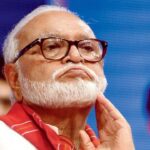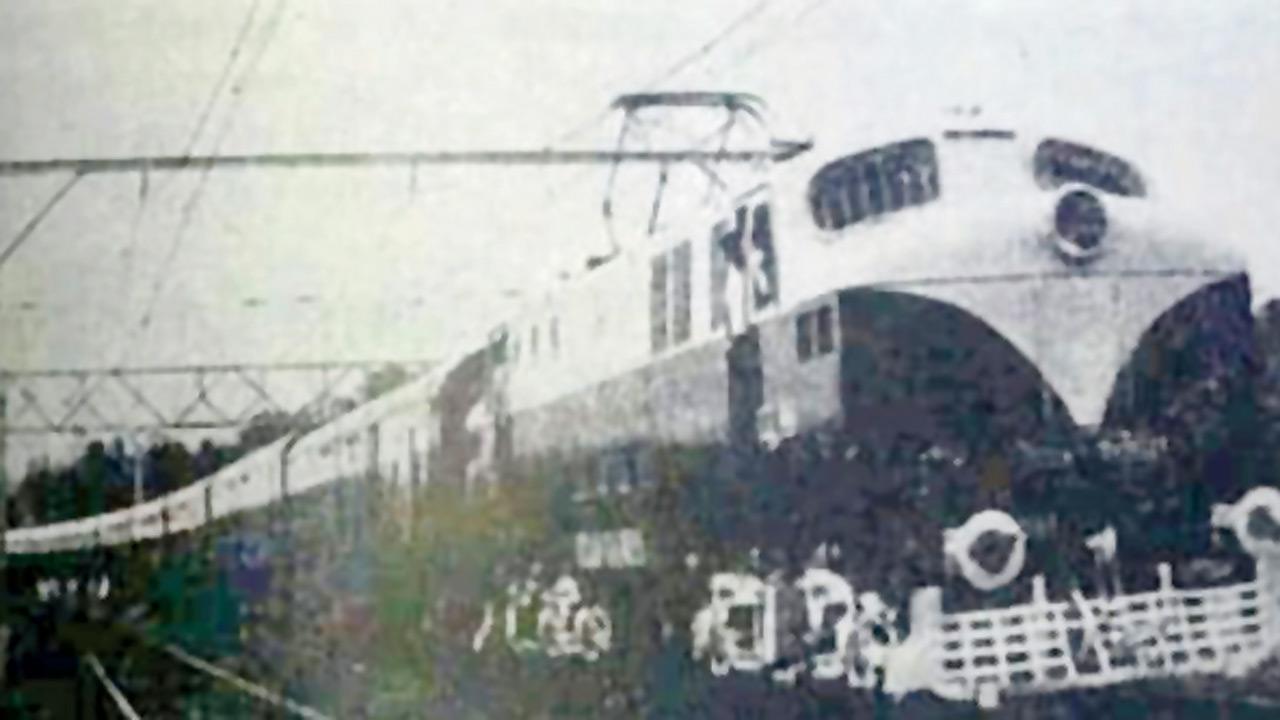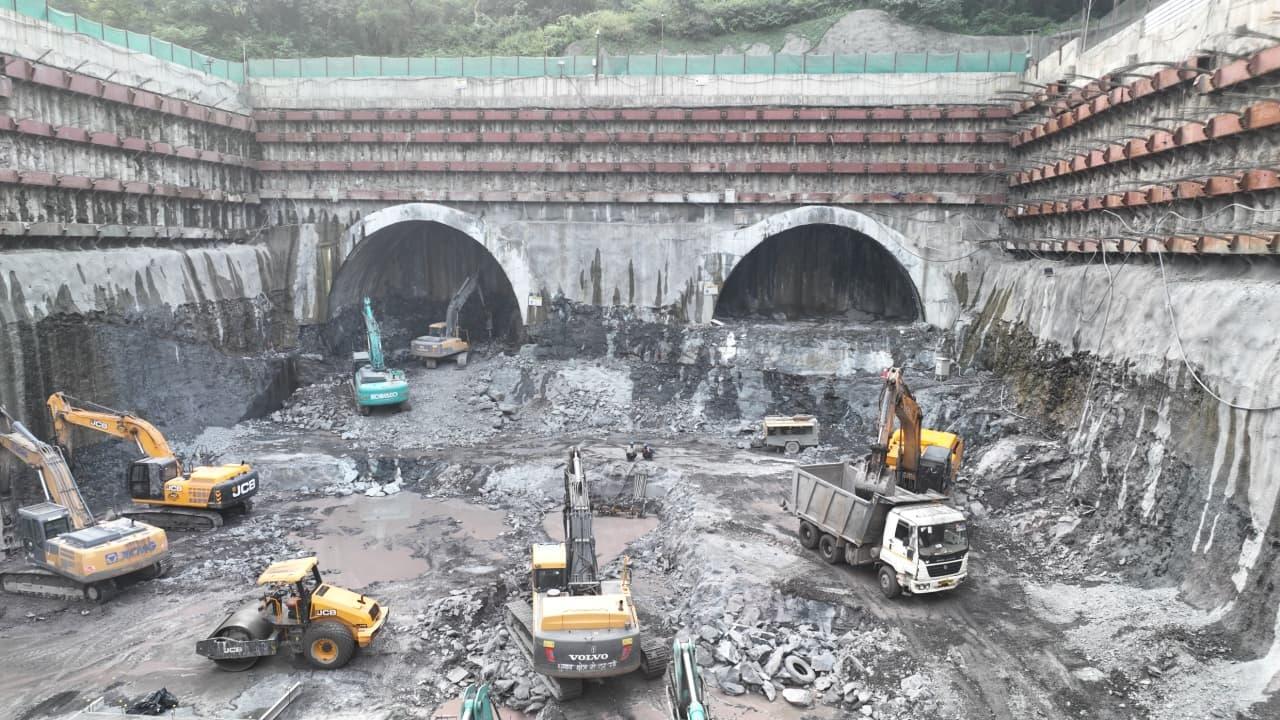The iconic Panchavati Express, one of Maharashtra’s most loved intercity trains, turned 50 this weekend — a milestone that evokes memories of its glorious past, technological transitions, and the deep cultural connection it shares with the Nashik region.
Launched on November 1, 1975, the Panchavati Express was named after the sacred Panchavati area in Nashik, associated with the Ramayana. Over five decades, it has carried countless daily commuters, devotees, and business travellers between Manmad Junction and Chhatrapati Shivaji Maharaj Terminus (CSMT), evolving into much more than a train — a symbol of reliability and pride for the people of Maharashtra’s heartland.
Firsts and memories
In its early years, the Panchavati Express was a semi-fast train. Between 1975 and 2006, it made a scheduled 20-minute power change halt at Igatpuri, where the electric locomotive from Mumbai would give way to DC locomotives that were swapped with AC locomotives at Igatpuri and vice versa either way, with WCG-2 class locomotives acting as banker locomotives in the Thull ghat section. For many rail enthusiasts, that halt remains a nostalgic past of Indian Railways’ transition era, recalled Kaushik S Dharwadkar, a lifelong rail enthusiast.
Old-timers recall a curious signboard near Manmad Junction, once placed adjacent to a watering well dating back to the Great Indian Peninsula Railway (GIPR) era. The board, facing the Up mainline, read in bold letters: “Driver of Panchavati Express Pickup Speed.” It stood as a symbol of punctuality — an unwritten rule that this train would not be delayed.
Double-decker past
Few may remember that the Panchavati Express once sported double-decker coaches, making it one of the rare express trains to do so in India. Its reputation for on-time performance and disciplined operation earned it the affectionate nickname “Office Train of Nashik.”
Ellora connection
Long before gauge conversion reshaped the region’s railways, the Panchavati Express was intricately linked to the Ellora Express on the old meter gauge route between Nizamabad and Manmad Junction.
A ceremony commemorating 50 years of the Panchavati Express in Nashik. PIC/By Special Arrangement
In those days, travellers from Chhatrapati Sambhajinagar (Aurangabad) would board the Ellora Express at 2.30 am, reaching Manmad by 5.45 am — just in time to catch the Up Panchavati Express to Mumbai. In the reverse direction, the coordination was equally precise: the Down Panchavati arrived at Manmad before passengers switched to the 96 Up Ellora Express departing at 1 am, reaching Chhatrapati Sambhajinagar by 3.48 am.
“The last meter-gauge train from Manmad to Kachiguda ran in 1991,” recalled Dharwadkar, whose family memories are intertwined with these journeys. “I was just two years old then, half-awake under the dim tungsten glow inside the maroon MG [metre gauge] coaches, changing trains at Manmad. It’s a memory etched forever.”
Legacy of a legend
No story of the Panchavati Express is complete without mentioning the late Bipin Gandhi, the dynamic founder of the Nashik Pravasi Sangh (Nashik Passengers’ Association). A tireless voice for rail users, Gandhi transformed the way Nashik’s daily commuters engaged with the Indian Railways.
Under his leadership, the association became one of the most effective passenger advocacy groups in the country. He was instrumental in securing vital improvements to the Panchavati Express over the decades — from better coach maintenance and reserved seating for regular commuters, to timely service restoration after disruptions.
Gandhi’s proactive initiatives extended beyond railways: he was also involved in civic ventures like promoting organised bus connectivity to the railway station, ensuring Nashik’s working community could access Mumbai with ease. His meticulous documentation, persistent correspondence with railway officials, and pursuit of passenger welfare are still discussed.
Golden years
Today, the Panchavati Express continues to run with modern Linke Hofmann Busch coaches and high-speed electric locomotives, maintaining its reputation for punctuality, comfort, and reliability. For Nashik and Manmad’s business community, it remains the preferred daily link to Mumbai — a legacy 50 years strong.
The train was launched at an impressive and colourful function held at Victoria Terminus (now Chhatrapati Shivaji Maharaj Terminus) by SB Chavan, the then-chief minister of Maharashtra. It was inaugurated as a tri-weekly superfast train before a large gathering. Central Railway General Manager BD Mehra presided over the function, and Chavan travelled on the inaugural train up to Kalyan.
Not just a train
As it completes its golden jubilee, the Panchavati Express is more than a train. It’s a living heritage — carrying not just passengers, but decades of stories, discipline, and devotion along the rails that connect Maharashtra’s heart to its capital.











